Kasbah Ait Ben Haddou, in the heart of Morocco, is an extraordinary earthen village that has captured the imagination of travelers, filmmakers, and history enthusiasts alike. Known for its stunning architecture, rich history, and dramatic landscapes, it’s no wonder this site has become a must-visit destination. Designated a UNESCO World Heritage Site in 1987, Ait Ben Haddou reflects centuries of tradition and the ingenuity of Moroccan architecture.
Many travelers explore it on a day trip from Marrakech to Kasbah Ait Ben Haddou, allowing for a scenic journey through the High Atlas.
Located just outside Ouarzazate, often referred to as the “Hollywood of Africa,” this village boasts a charm that is truly unparalleled. Its iconic mudbrick buildings and fortified walls stand as a testament to Morocco’s enduring legacy of craftsmanship and culture.
Its accessibility has also made it a popular stop on many desert tours from Marrakech, combining cultural exploration with natural wonder.
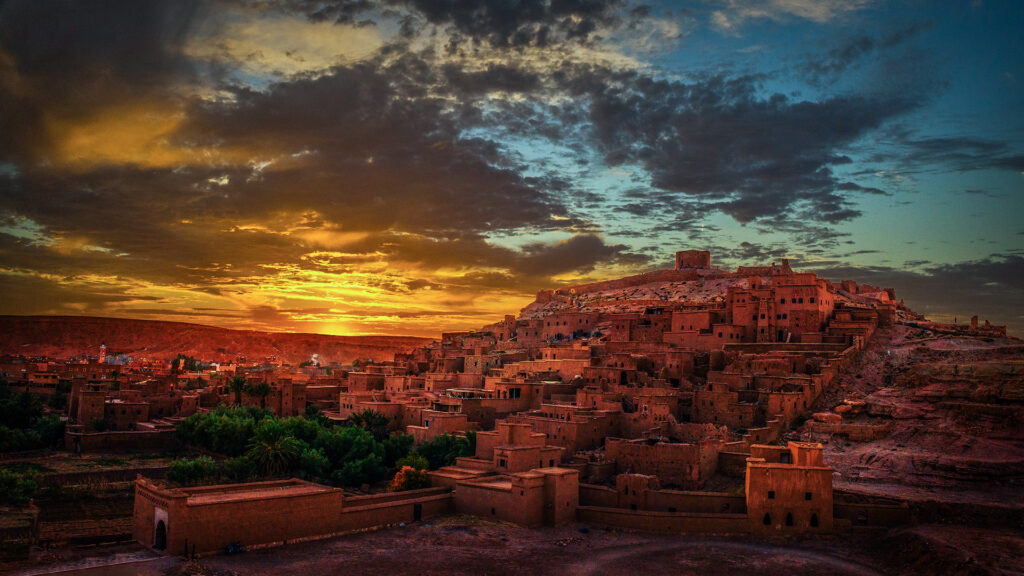
Is Ait Ben Haddou Worth Visiting?
Absolutely, Ait Ben Haddou is worth every moment of your time. Whether you’re drawn by its cinematic fame, architectural beauty, or the sense of stepping back in time, visiting this site is a memorable experience. Walking through its narrow, winding alleys and climbing to the kasbah’s summit offer breathtaking views of the surrounding desert and river valleys.
The kasbah is also frequently included in desert circuits heading to Merzouga, famous for its majestic sand dunes.
The blend of historical intrigue and natural beauty makes Ait Ben Haddou a bucket-list destination. Beyond its allure, the local Berber culture and warmth of the villagers create a welcoming atmosphere that will leave a lasting impression.
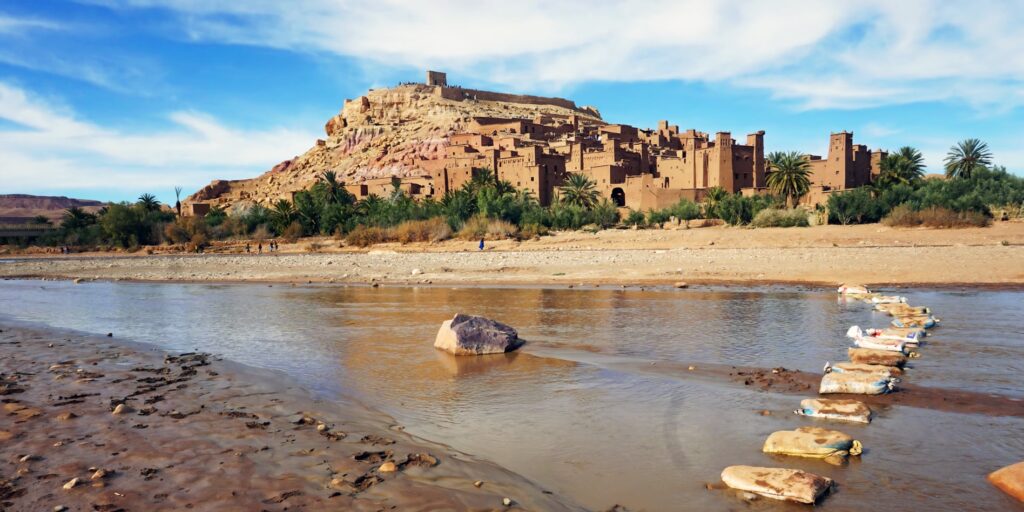
Historical Significance of Kasbah Ait Ben Haddou
Kasbah Ait Ben Haddou dates back to the 11th century and served as a vital stop along the trans-Saharan trade route. Traders journeying from the Sahara to Marrakech often passed through, bringing gold, spices, and other goods.
This ancient trading heritage also links it to other desert outposts like Zagora, which share similar historical roles along caravan routes. During its peak in the 17th century, Ait Ben Haddou played an essential role in fostering trade and cultural exchange. The village remains a symbol of Morocco’s vibrant history, representing the ingenuity and resilience of its people.
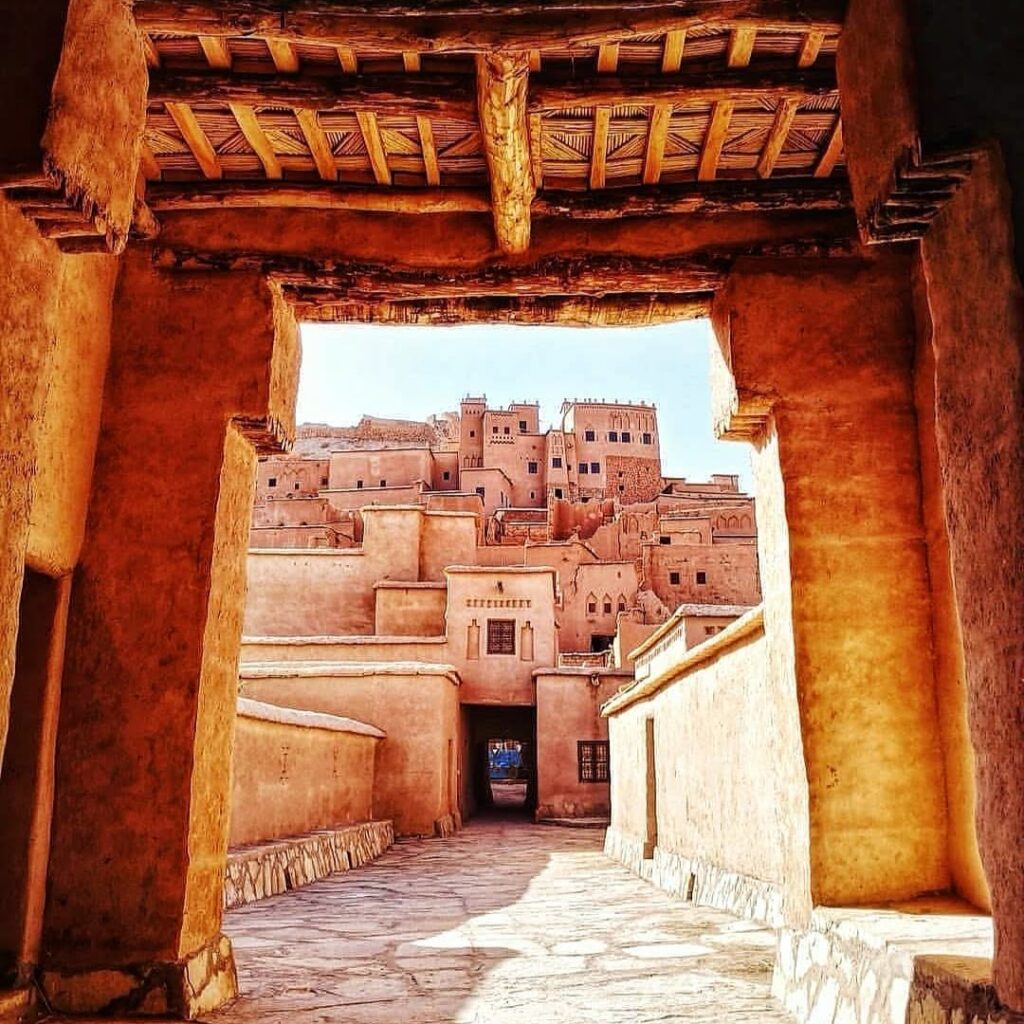
Unique Architecture of ksar of Ait Ben Haddou
Ait Ben Haddou is a marvel of traditional Moroccan architecture. Constructed primarily from mudbrick, the kasbah’s design is a practical response to the harsh desert environment.
For those unfamiliar with the concept, what is a Kasbah is a question worth exploring before visiting to better appreciate these architectural wonders.
The entire village is a labyrinth of narrow streets, terraced houses, and community areas such as granaries, mosques, and markets.
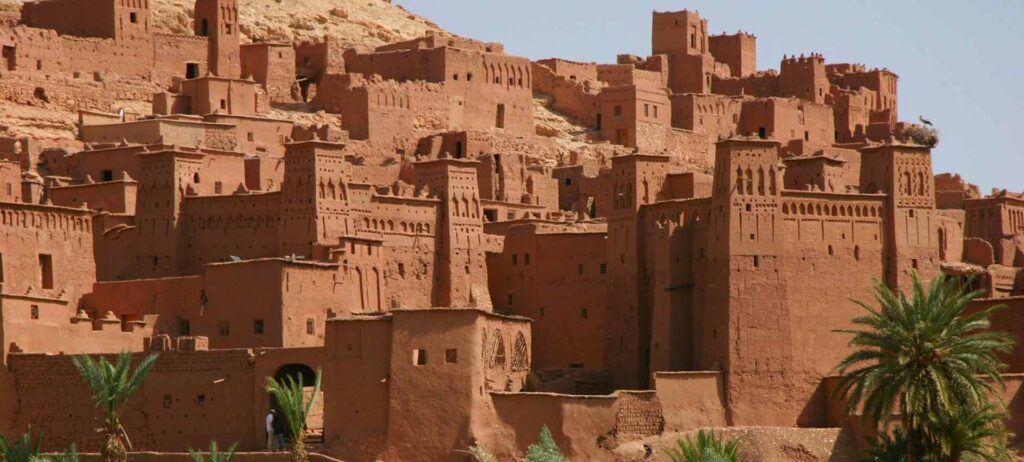
The Role of UNESCO in Preserving Ait Ben Haddou
UNESCO’s recognition of Ait Ben Haddou as a World Heritage Site has played a crucial role in its preservation. Restoration projects and sustainable tourism initiatives have ensured that the kasbah’s unique architecture and cultural heritage are protected for future generations.
These efforts are vital, as the mudbrick structures are particularly vulnerable to erosion and damage from heavy rains and climate change. Visitors are encouraged to respect the site and contribute to its preservation by following responsible tourism practices.
What Was Filmed in Ait Ben Haddou?
The cinematic history of Ait Ben Haddou is as captivating as its architecture. Over the decades, this picturesque village has served as the backdrop for numerous Hollywood blockbusters and international productions.
Some of the most notable films include Gladiator, where Ait Ben Haddou stood in as the setting for Maximus’ journey through the Roman Empire, and The Mummy, which showcased the village’s ancient charm. Other famous productions include Prince of Persia: The Sands of Time, Alexander, and Kingdom of Heaven.
The kasbah’s timeless appearance and dramatic landscapes make it a sought-after location for filmmakers looking to recreate historical or fantastical settings.
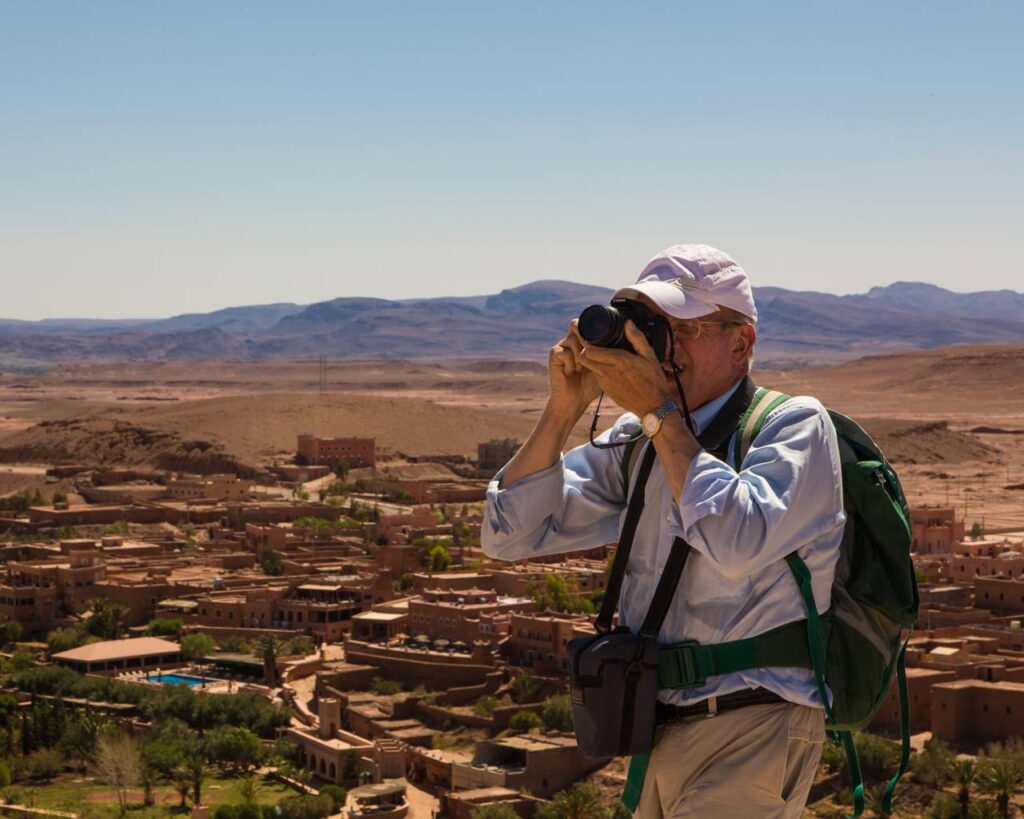
Ait Ben Haddou and Game of Thrones
One of the most recent and celebrated uses of Ait Ben Haddou was in the hit TV series Game of Thrones. Fans of the show will recognize it as the city of Yunkai, one of the slave cities liberated by Daenerys Targaryen.
The kasbah’s ancient walls and dramatic terrain provided the perfect backdrop for the fictional city, seamlessly bringing George R.R. Martin’s world to life. Walking through the village feels like stepping into the pages of the series, making it a dream destination for fans of Game of Thrones.
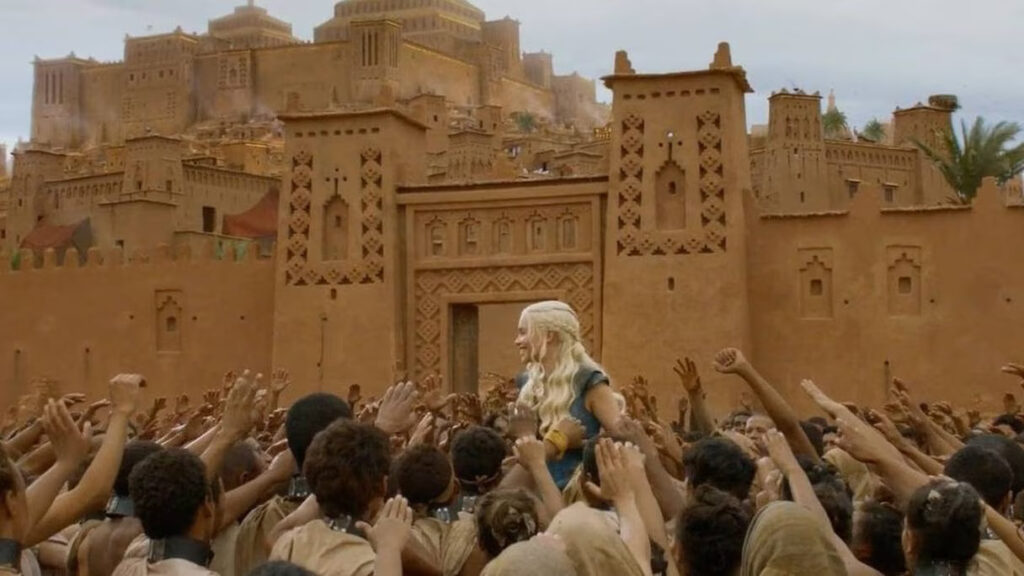
Experiencing Ait Ben Haddou Today
Ait Ben Haddou is more than just a historical site—it’s a living, breathing village that continues to enchant visitors. While most of the population has moved to the modern village across the river, a few families still reside within the kasbah, preserving its authentic charm.
Visitors can explore the village at their leisure, wandering through the maze-like alleys and visiting the various kasbahs and communal areas. The climb to the top of the kasbah is a must, offering panoramic views of the surrounding desert and mountains.
Local artisans also sell handmade crafts and souvenirs, giving visitors the chance to take home a piece of Moroccan culture.
When Is the Best Time to Visit Ait Ben Haddou?
The best time to visit Ait Ben Haddou is during spring (March to May) or autumn (September to November). During these months, the weather is mild and comfortable, making it easier to explore the site without the intense heat of summer.
Winter can also be a good time to visit, but temperatures can be quite cold, especially in the evenings. Summer, on the other hand, should be approached with caution due to the extreme heat, which can make outdoor activities challenging.
How Do I Get From Marrakech to Ait Ben Haddou?
Traveling to Ait Ben Haddou from Marrakech is relatively easy, with several options available. The journey typically takes around 3.5 to 4 hours by car, covering a distance of approximately 180 kilometers.
You can hire a private driver or rent a car for a more flexible and personalized experience. Alternatively, guided tours are available at Vivid Morocco Tours, often combining Ait Ben Haddou with other nearby attractions like the Atlas Mountains or Ouarzazate. The scenic drive through winding mountain roads and dramatic landscapes is an adventure in itself, with plenty of opportunities to stop for photos and enjoy the views.
What to Do Near Ait Ben Haddou
While Ait Ben Haddou is undoubtedly the highlight, the surrounding region offers plenty of attractions to explore. Ouarzazate, known as the “Hollywood of Africa,” is home to the Atlas Film Studios, where many famous movies have been shot.
For nature lovers, the nearby Atlas Mountains and Todra Gorge provide stunning hiking opportunities and breathtaking scenery. You can also visit the lush palm groves and ancient kasbahs scattered throughout the region, each with its own unique history and charm.

Activities for Visitors in Ait Ben Haddou
- Guided Tours: Explore the narrow alleys and climb to the top for stunning panoramic views.
- Shopping: Browse traditional Berber crafts and souvenirs in the local markets.
- Cuisine: Savor authentic Moroccan dishes like tagine and mint tea.
For adventurous travelers, nearby hiking trails offer breathtaking views of the Atlas Mountains and surrounding valleys.
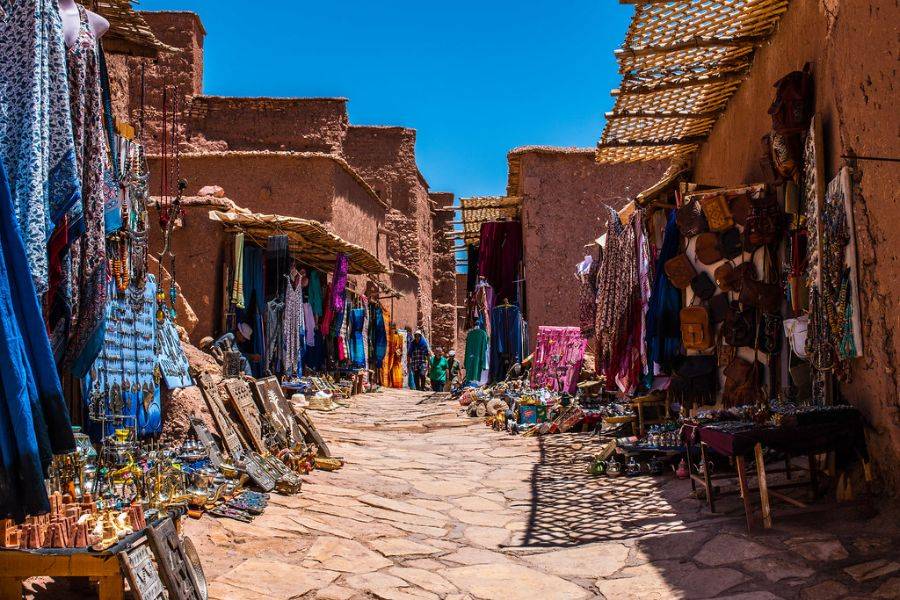
Kasbah Ait Ben Haddou Tours from Marrakech
For those drawn to the enchantment of Ait-Ben-Haddou, a range of private Morocco desert tours await, each promising a unique glimpse into the wonders of this mesmerizing location. Delight in the exploration of the mud city with a day tour or indulge in multi-day desert tours from Marrakech to Fes. Marrakech Desert Trips offers an array of tailored tours, each designed to capture the essence of this historic marvel and the surrounding splendor of the Moroccan landscape.
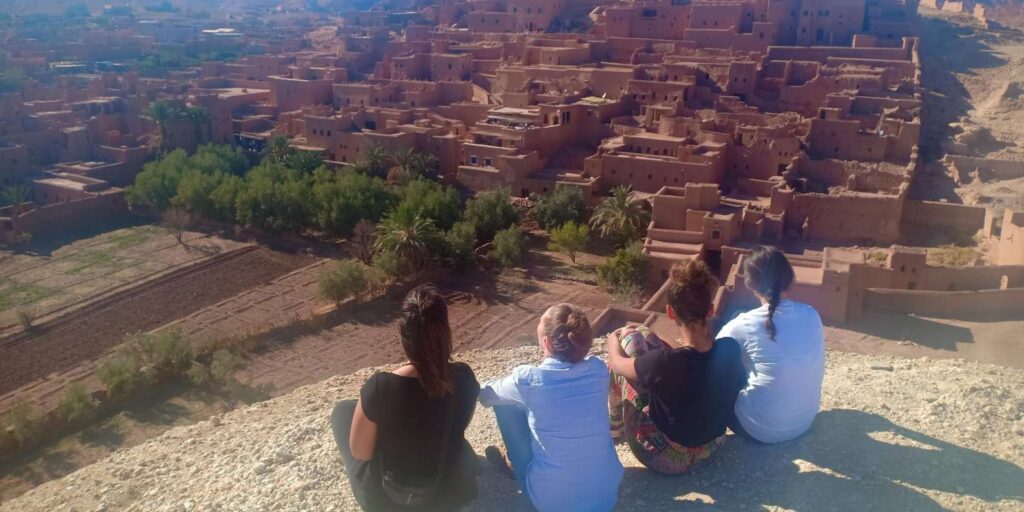
Conclusion
Kasbah Ait Ben Haddou is a treasure trove of history, culture, and cinematic magic. Whether you’re drawn by its architectural beauty, its role in trade and history, or its starring appearances in film and television, this iconic site offers an experience like no other.
Visiting Ait Ben Haddou is a journey through time, offering a glimpse into Morocco’s rich past and vibrant culture. With its awe-inspiring scenery, welcoming locals, and unforgettable atmosphere, it’s a destination that will leave you in awe.
FAQ’s
What is Ait Ben Haddou known for?
Ait Ben Haddou is renowned for its stunning mudbrick architecture, its designation as a UNESCO World Heritage Site, and its role as a filming location for iconic movies and TV shows, including Gladiator and Game of Thrones.
What is a kasbah in Morocco?
A kasbah in Morocco is a fortified structure, often built from mudbrick, traditionally used as a defensive stronghold or residence for local leaders. It also served as a communal space for trade and protection.
How old is the Ksar Ait Ben Haddou?
The Ksar Ait Ben Haddou dates back to the 11th century and has stood as an important stop along the ancient trans-Saharan trade route for centuries.
What was filmed in Ait Ben Haddou?
Ait Ben Haddou has been the backdrop for many famous films and TV shows, including:
- Gladiator
- The Mummy
- Game of Thrones
- Prince of Persia
- Kingdom of Heaven
Do people live in Ait Ben Haddou?
Yes, while most residents have moved to a nearby modern village, a few families still live within the historic kasbah, preserving its traditional lifestyle.
Is Ait Ben Haddou worth visiting?
Yes, Ait Ben Haddou is worth visiting for its historical significance, breathtaking architecture, panoramic views, and its cultural and cinematic allure. It offers a unique experience for history enthusiasts and travelers alike.

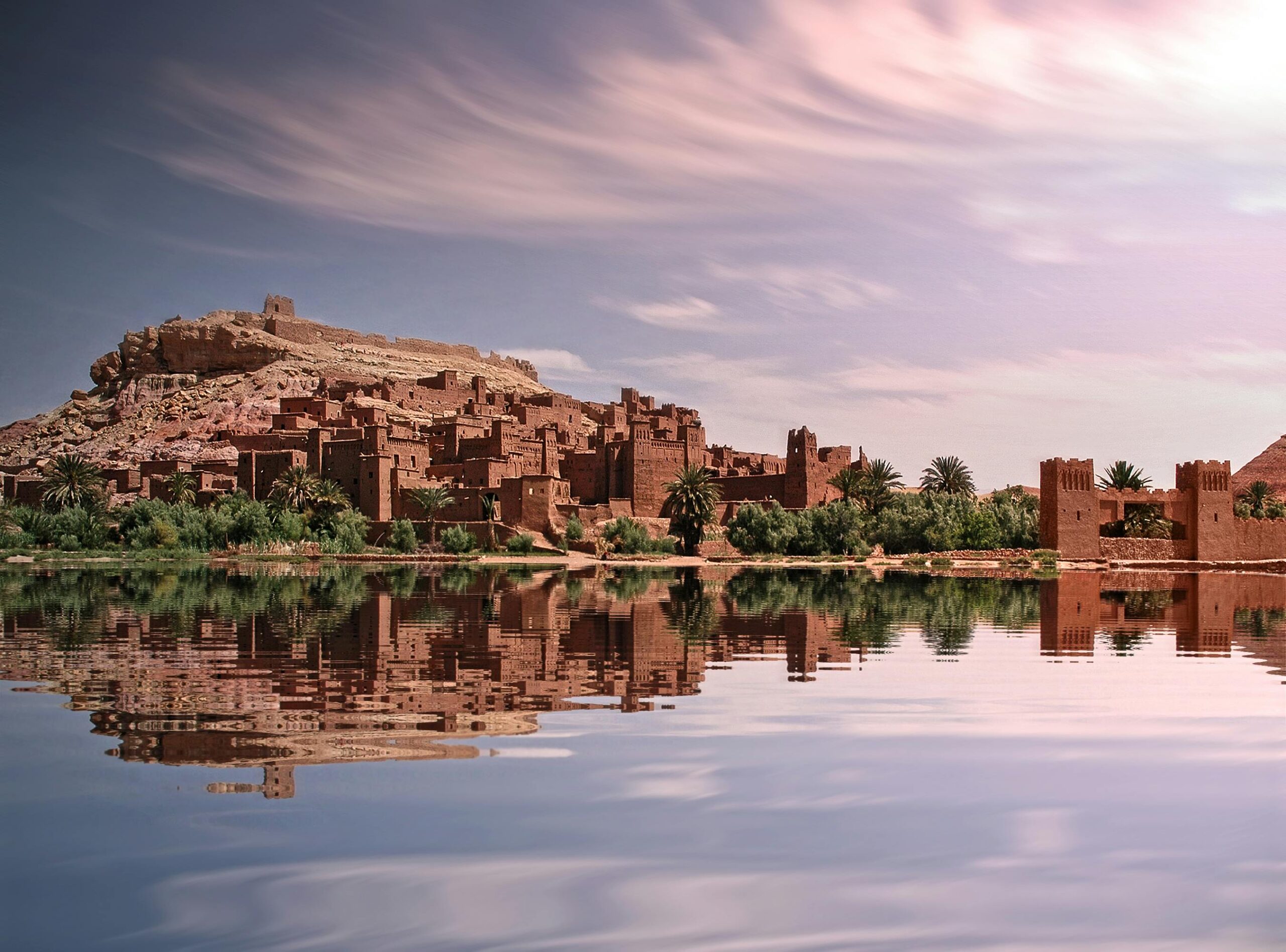

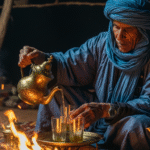


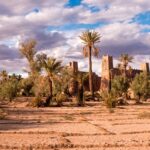

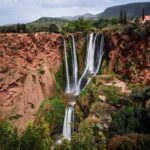



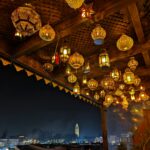
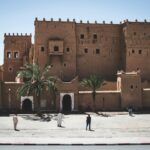

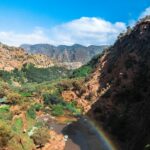
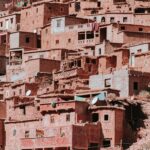
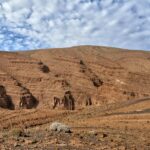
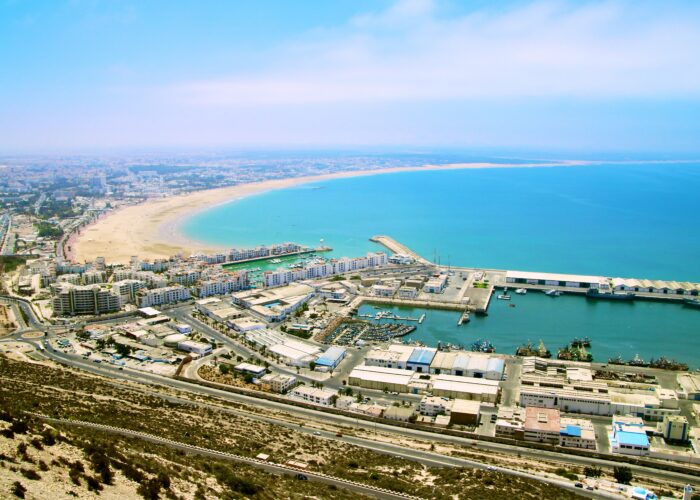
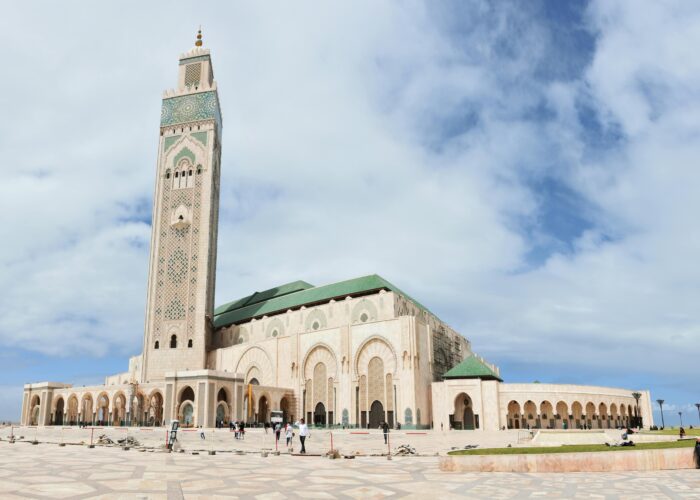
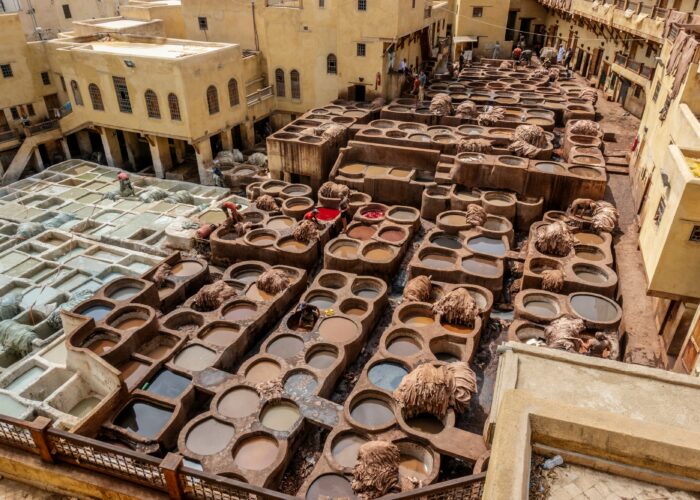
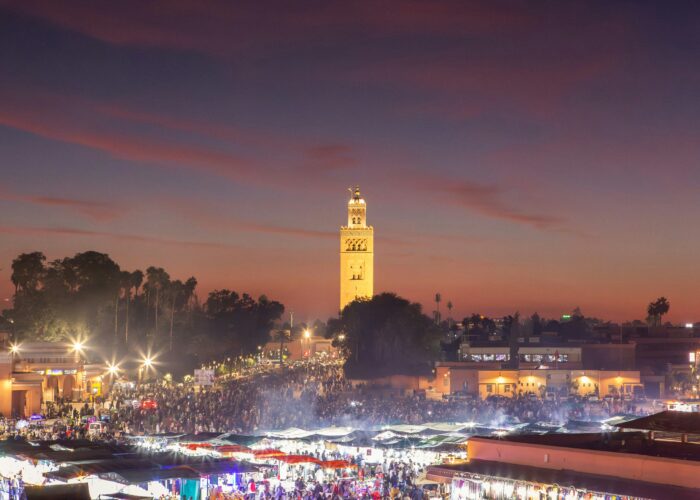
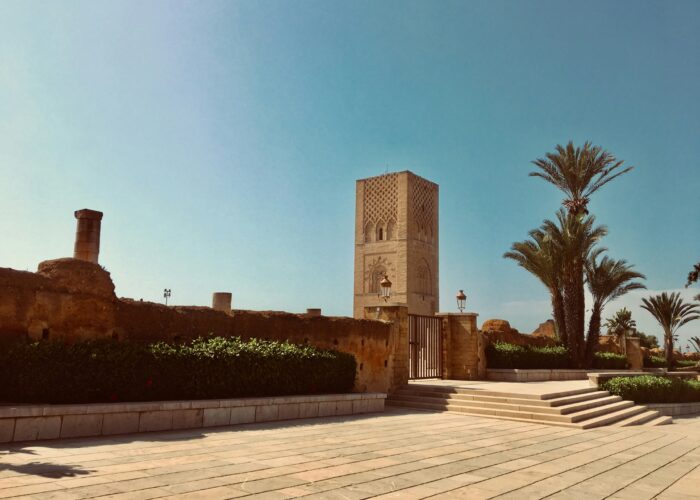
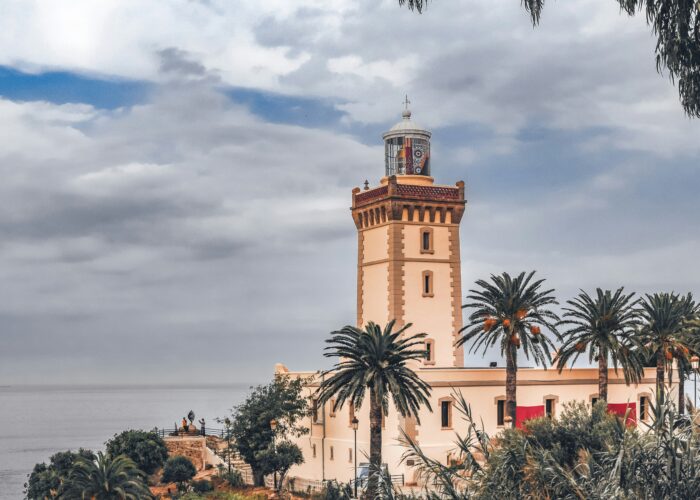
[…] caravan route between the Sahara and Marrakech. Known for its stunning red mud-brick architecture, Aït Benhaddou has been featured in numerous films and TV shows, making it a popular tourist destination. Visitors […]